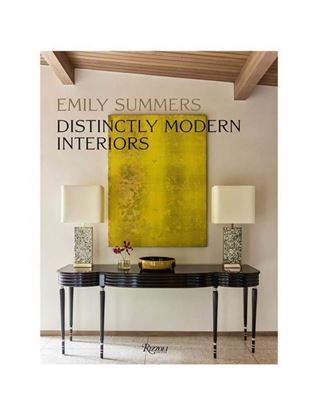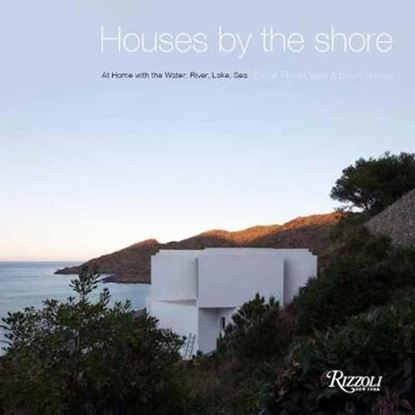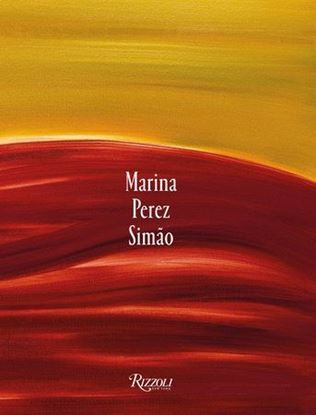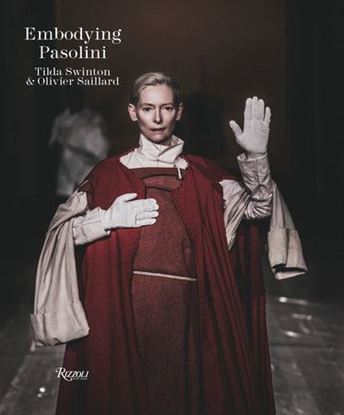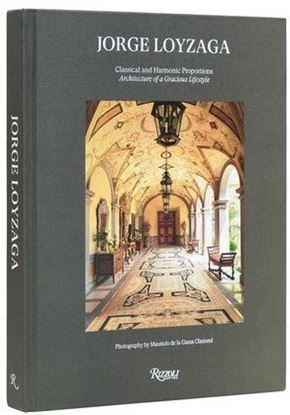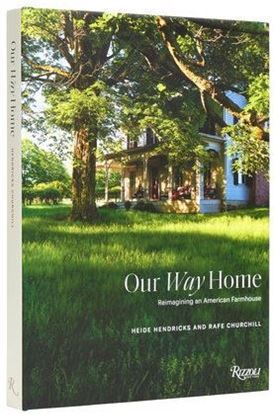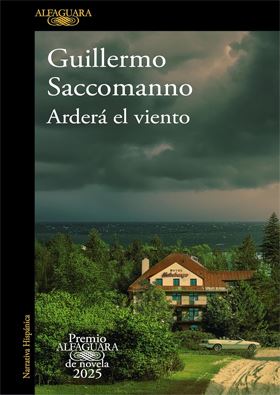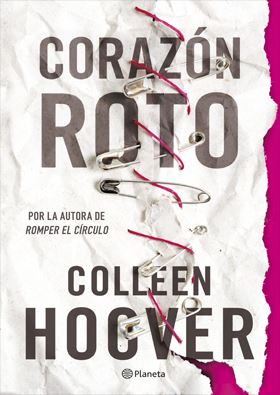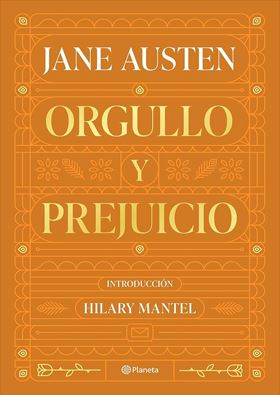

MARINA PEREZ SIMAO
The first international monograph of one of the most exciting painters working in Brazil today, Marina Perez Simão.
Marina Perez Simão (1981–) is an internationally recognized contemporary artist who uses a variety of techniques, such as collage, drawing, watercolor, and oil painting, as starting points to combine interior and exterior landscapes. She composes visual journeys that sometimes traverse the unknown, the abstract, and the nebulous, but which also include visions and memories.
Simão’s work is held in several public collections worldwide, including the Musée d’Art Moderne et Contemporain, in Saint-Étienne, France; the Ekard Collection in the Netherlands; the Samdani Art Foundation in Bangladesh; the Sifang Art Museum in China; the Speed Art Museum in Kentucky; and the Dallas Museum of Art, among others.
2,995
EMBODIYING PASOLINI
Longtime creative collaborators Tilda Swinton and Olivier Saillard present an illustrated tribute to the costumes of legendary Italian director Pier Paolo Pasolini’s iconic films.
Retracing Pier Paolo Pasolini’s entire cinematography—which continues to fascinate audiences almost half a century after his passing—Embodying Pasolini explores the costumes that brought his films to life. From The Gospel According to St. Matthew (1964), The Canterbury Tales (1972), and Arabian Nights (1974) to Salò, or the 120 Days of Sodom (1975), Pasolini’s movies are known for their provocative flair—making them staples of art cinema’s golden age. Styled by Danilo Donati, the costumes—garments, coats, and hats—enlivened the films with their rich textures, volume, color, and embellishments.
2,995
JORGE LOYZAGA
Based in Mexico City, Jorge Loyzaga’s multidisciplinary practice has focused on the preservation of traditions within architecture, interiors, furniture, and the decorative arts since its founding in 1969. Informed by a passion for classic design, heritage, and timeless craftsmanship, as well as Loyzaga’s training in the restoration of historical monuments, the firm’s sophisticated perspective of architecture and interiors translate time-honored style and local traditions into a contemporary, international visual language.
2,995
OUR WAY HOME
Rafe and Heide discovered their true home in a late 1800s New England farmhouse after a decade of living in Brooklyn, New York. The historic property, Ellsworth, is a showplace for their shared aesthetic and sensibility of designing for real life, and not for formality. At the core is a house of pared-down traditionalism with references to Shaker tranquility, Arts & Crafts practicality, and bohemian chic. Whimsical wallcoverings, striking colors, a mix of contemporary furniture and antiques, exciting works of art, and comfort abound—turning a workaday house from the nineteenth century into a creative laboratory of the twenty-first.
2,995


